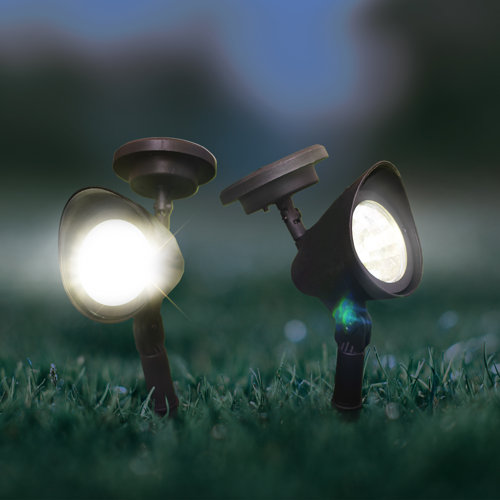Nightscape
Landscape lighting is an essential aspect of outdoor design, enhancing the beauty, safety, and functionality of outdoor spaces during the night. It refers to the various lighting fixtures and designs used to illuminate gardens, pathways, patios, and other landscape features. Below given overview of landscape lighting, including its types, benefits, design considerations, and installation.
A. Types of Landscape Lighting
1. Path Lighting
-Purpose: To illuminate walkways, driveways, and paths for safety and aesthetics.
-Design: Typically features low-mounted fixtures that provide a warm glow.
2. Spotlights and Floodlights
-Purpose: To highlight specific features like trees, sculptures, or architectural elements.
-Design: Adjustable fixtures allow for directional lighting, making it easy to focus light on areas.
3. Wall Washers
-Purpose: To wash a wall or surface with light, enhancing architectural details.
- Design: Fixtures that project light across walls to create a dramatic effect.
4. Deck and Step Lights
-Purpose: To illuminate deck areas, staircases, and other elevated surfaces for safety.
-Design: Typically integrated into the structure or used as low-profile fixtures.
5. Bollard Lighting
- Purpose: To define pathways and provide ambient lighting in larger areas.
- Design: Taller fixtures that can line walkways or driveways and promote safety.
6. Accent Lighting
-Purpose: To create visual interest and highlight landscape features, such as plants or garden beds.
-Design: Subtle, low-intensity fixtures placed strategically to illuminate features without overwhelming them.
7. String Lights
-Purpose: Create a warm and inviting atmosphere, commonly used for outdoor dining / entertainment areas.
- Design: Light bulbs strung along structures or trees, adding ambiance.
8. Solar Lighting
-Purpose: To illuminate spaces without requiring electrical wiring.
-Design: Fixtures powered by solar panels, often used in areas with good sunlight exposure.
B. Design Considerations
- Goals and Objectives: Identifying the primary purpose of landscape lighting—whether it’s for safety, aesthetics, or entertaining.
- Types of Fixtures: Choosing fixtures based on luminance needs and the desired tone (e.g., warm or cool light).
- Placement and Spacing: Proper placement of fixtures is crucial for effective lighting. Fixtures should be spaced appropriately to ensure even coverage without dark spots or too much overlap.
- Lighting Control: Considering installing timers or dimmers to control lighting levels and schedules, enhancing efficiency.
- Layering Light: Adopting a layered approach by combining different types of lighting to create depth and visual interest.
C. Installation Considerations
- Electrical Requirements: Determine the system will be low voltage or line voltage and ensuring it adheres to local electrical codes.
- Power Sources: Planning where to source electricity and the path wiring will take to avoid disrupting existing landscaping.
- Durability and Weather Resistance: Selecting lighting fixtures built to withstand outdoor conditions, including water and temperature fluctuations.
- Landscape Integration: Ensure fixtures blend seamlessly with the landscape drawing attention only where desired.

 AR
AR







